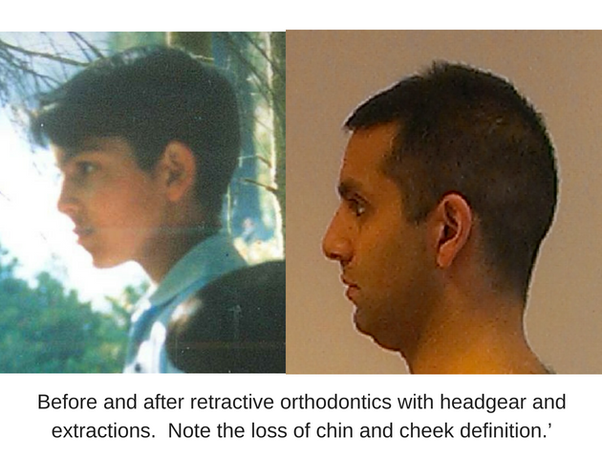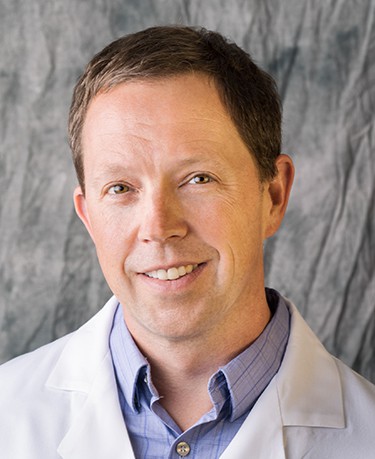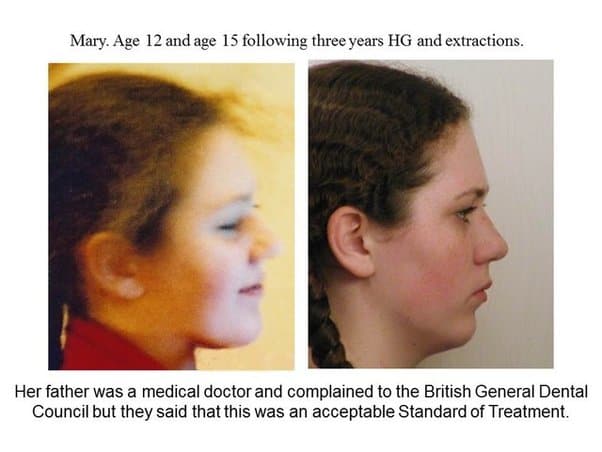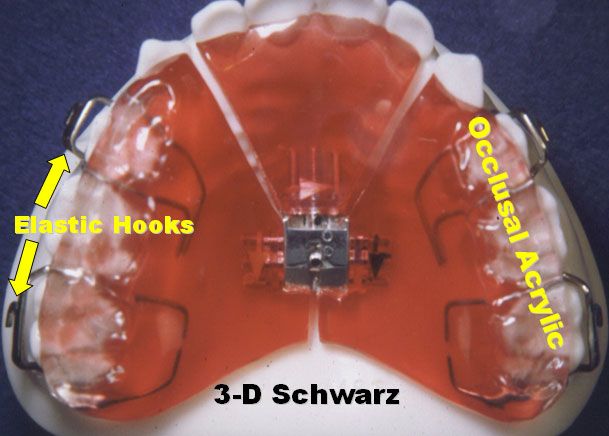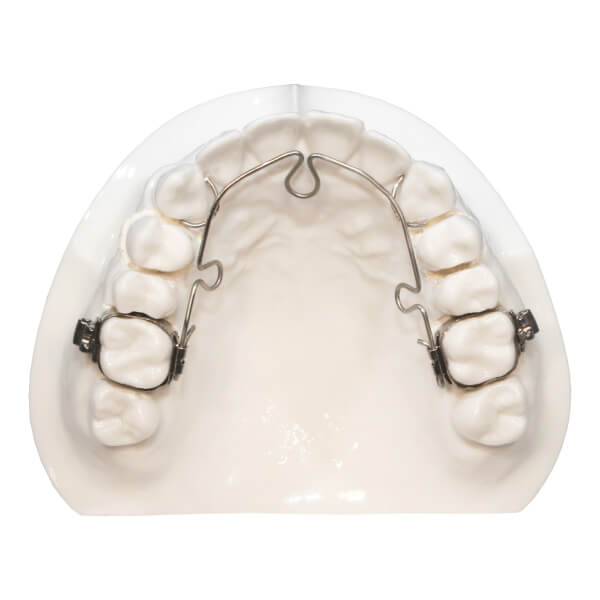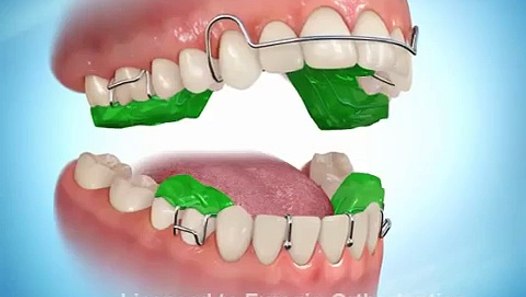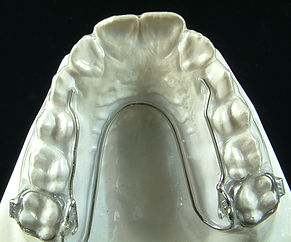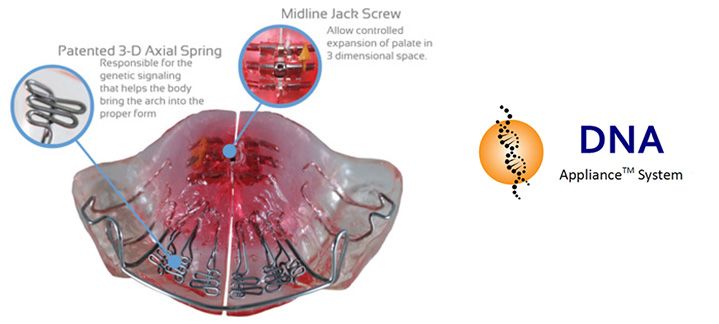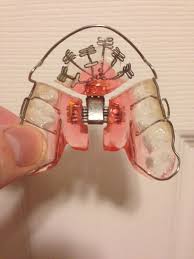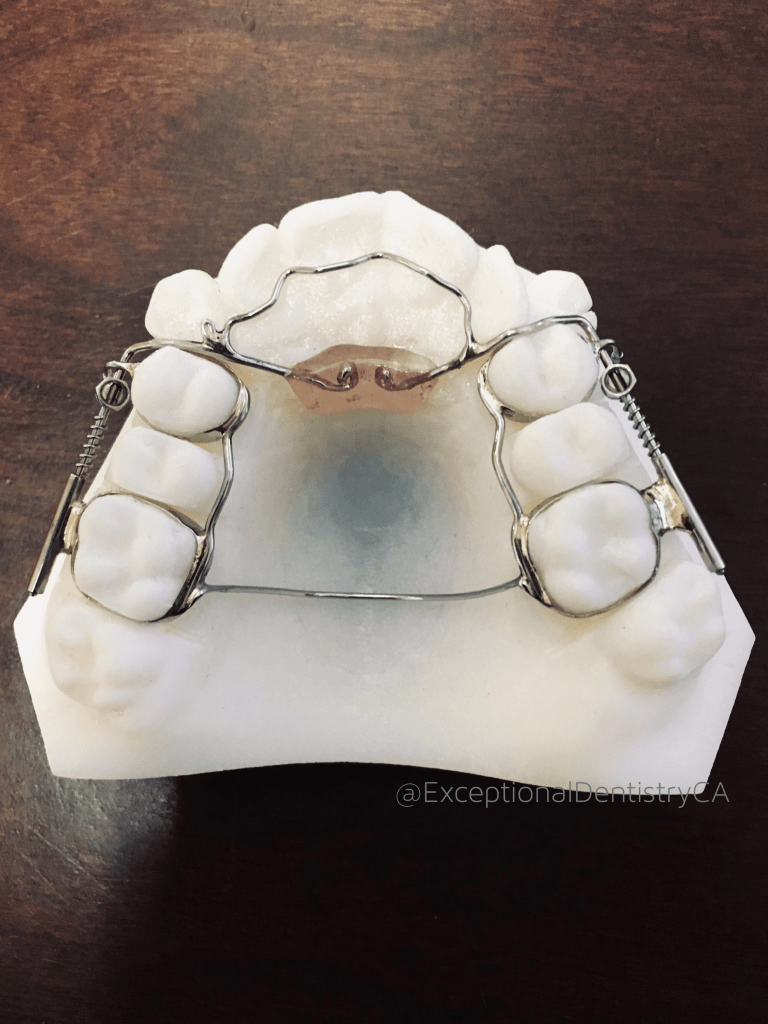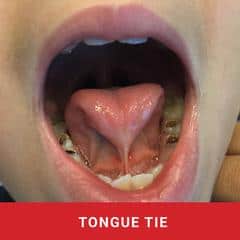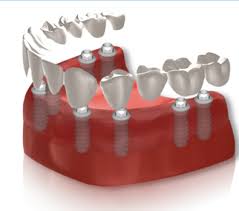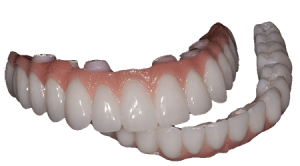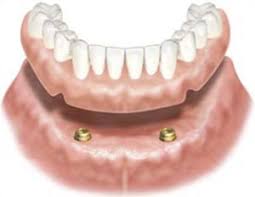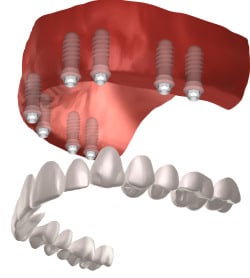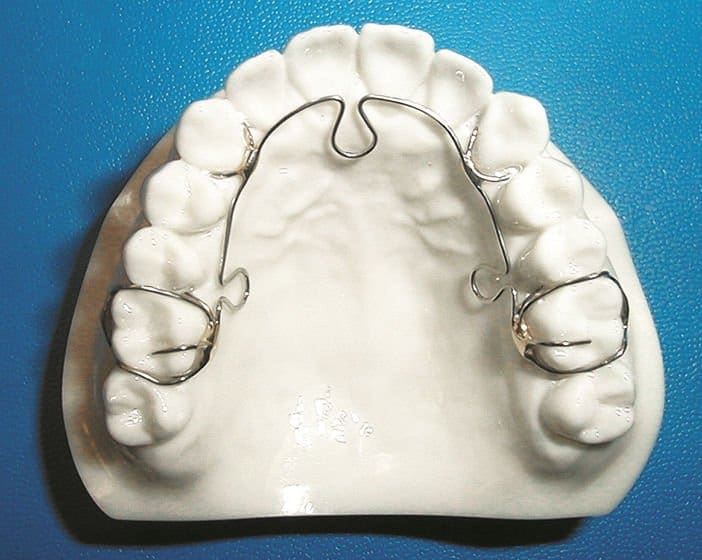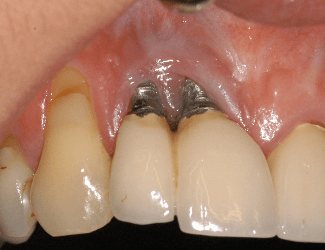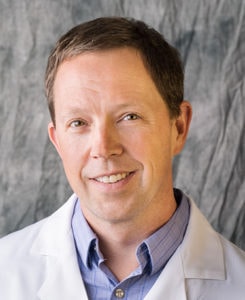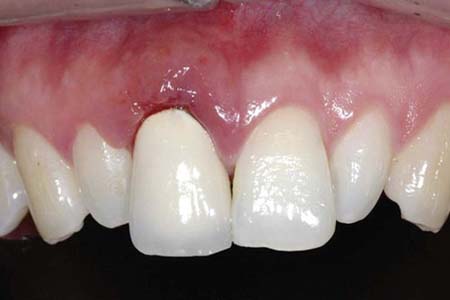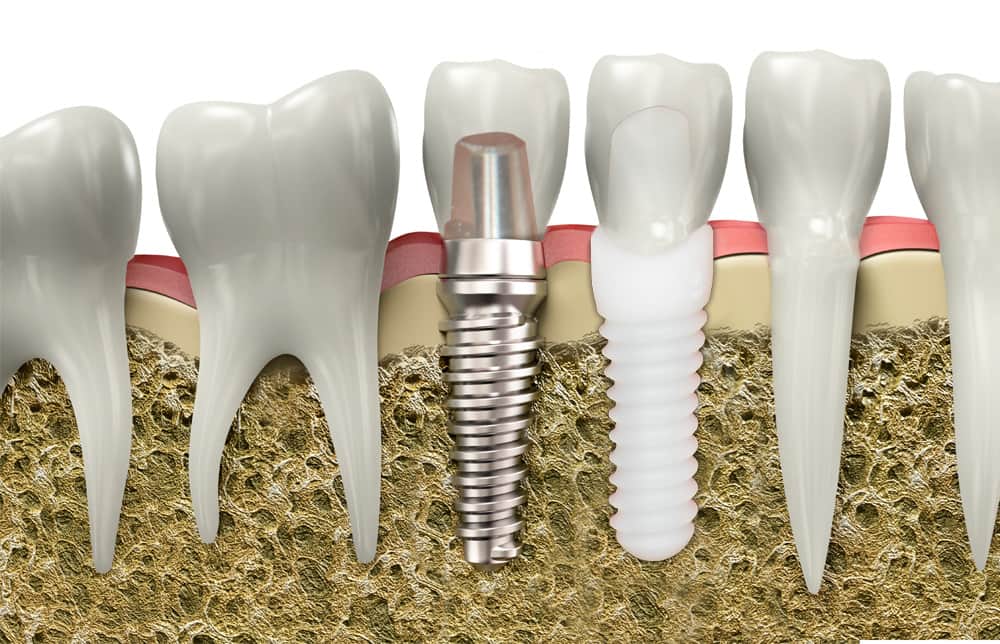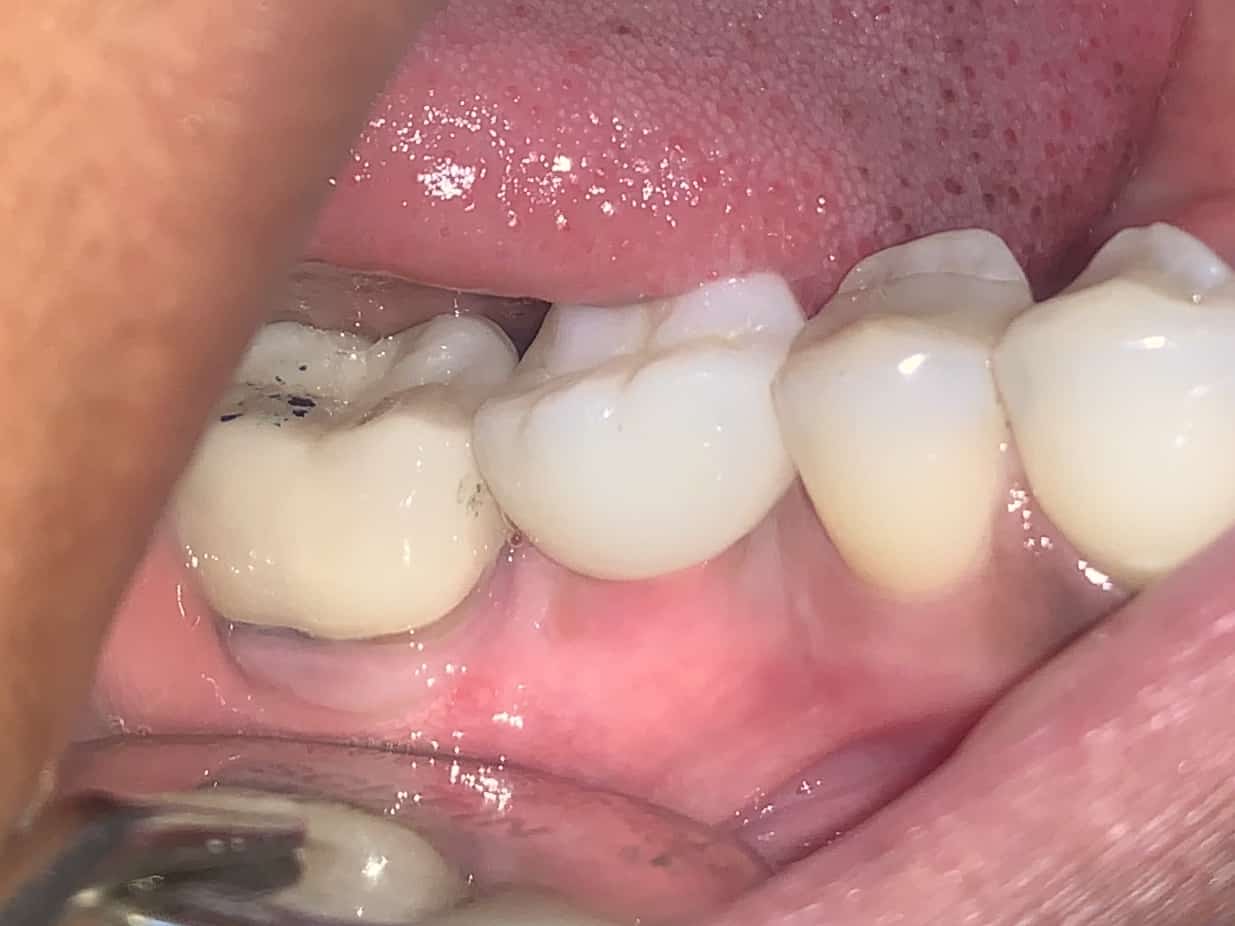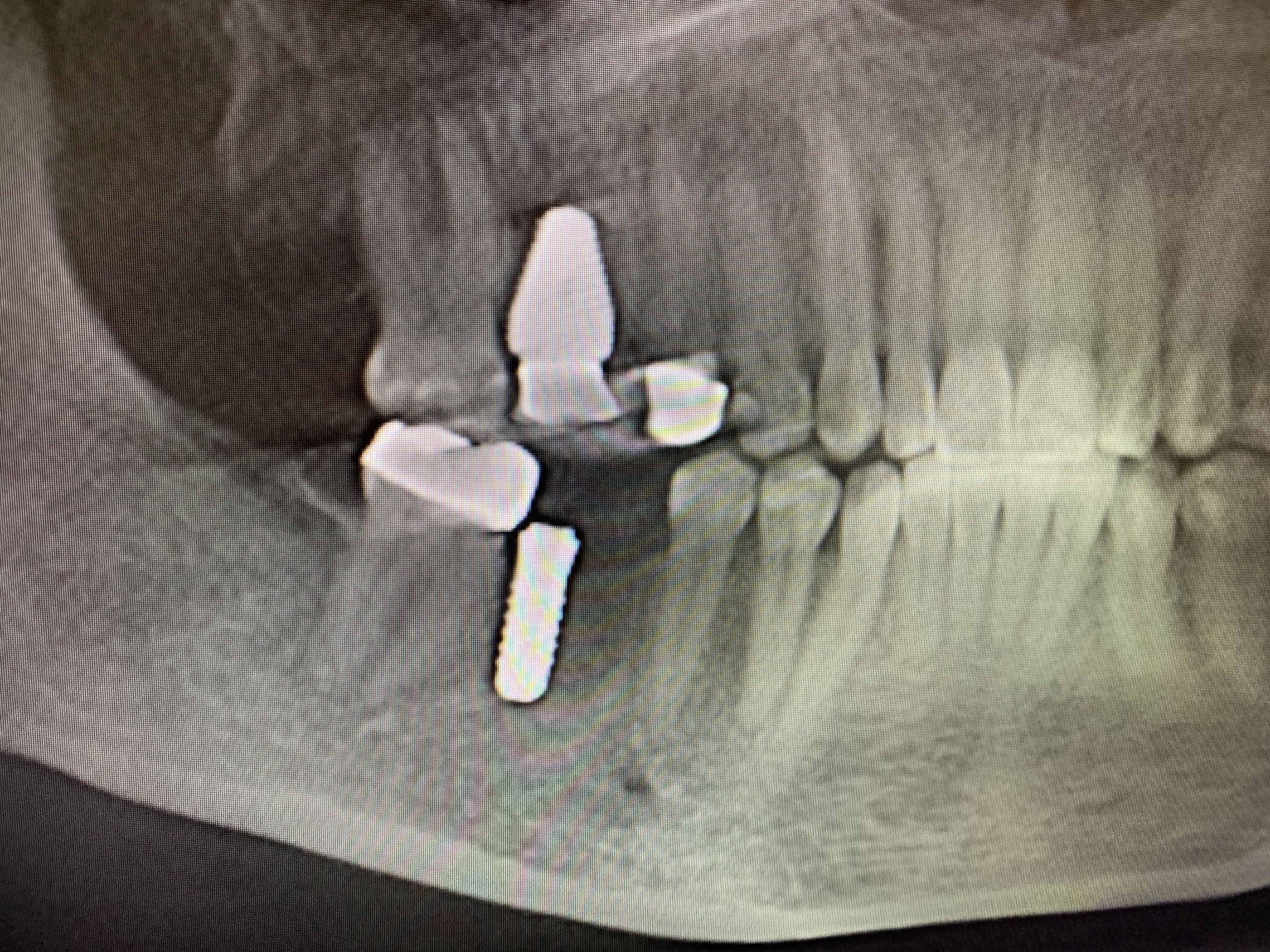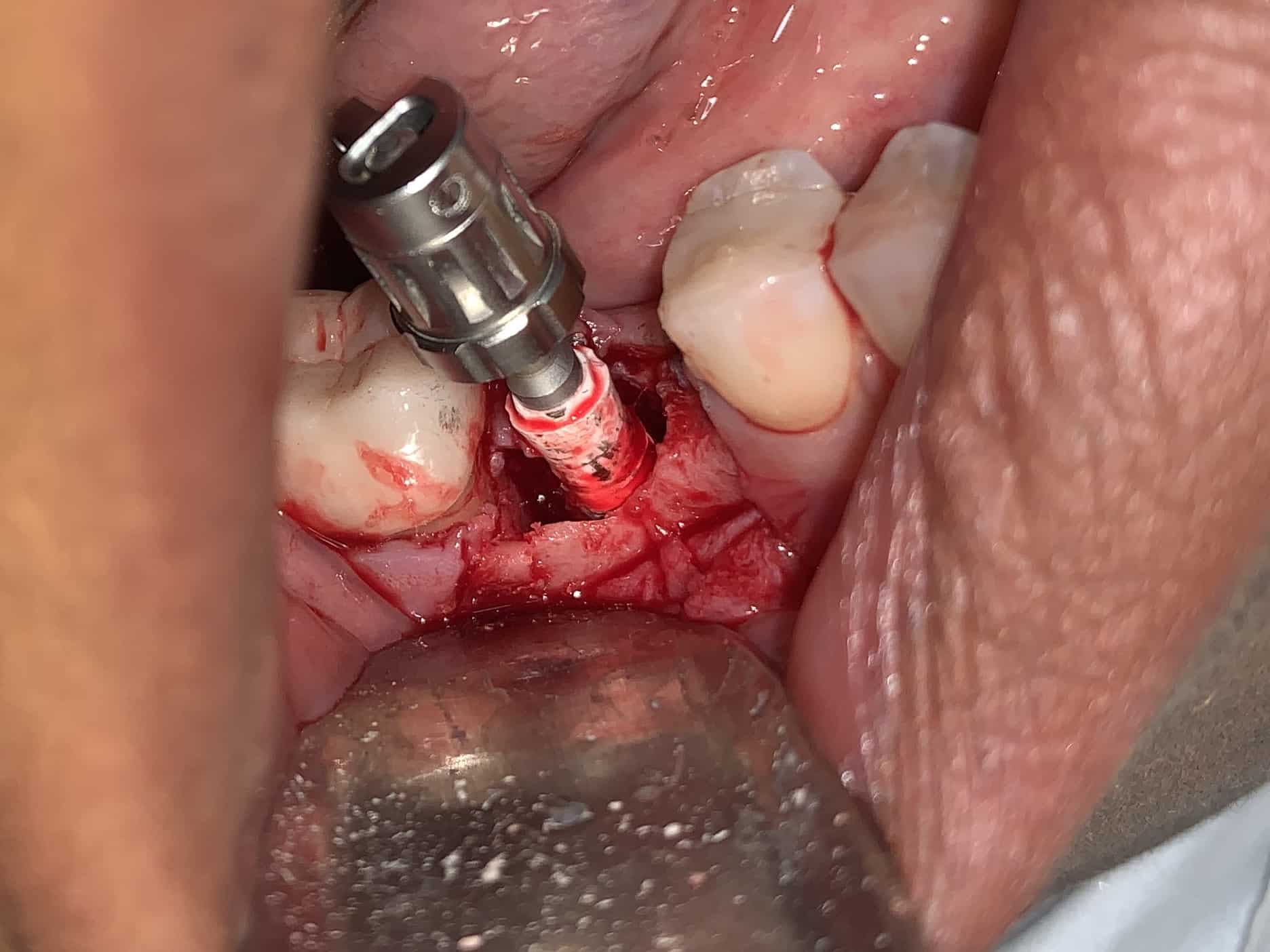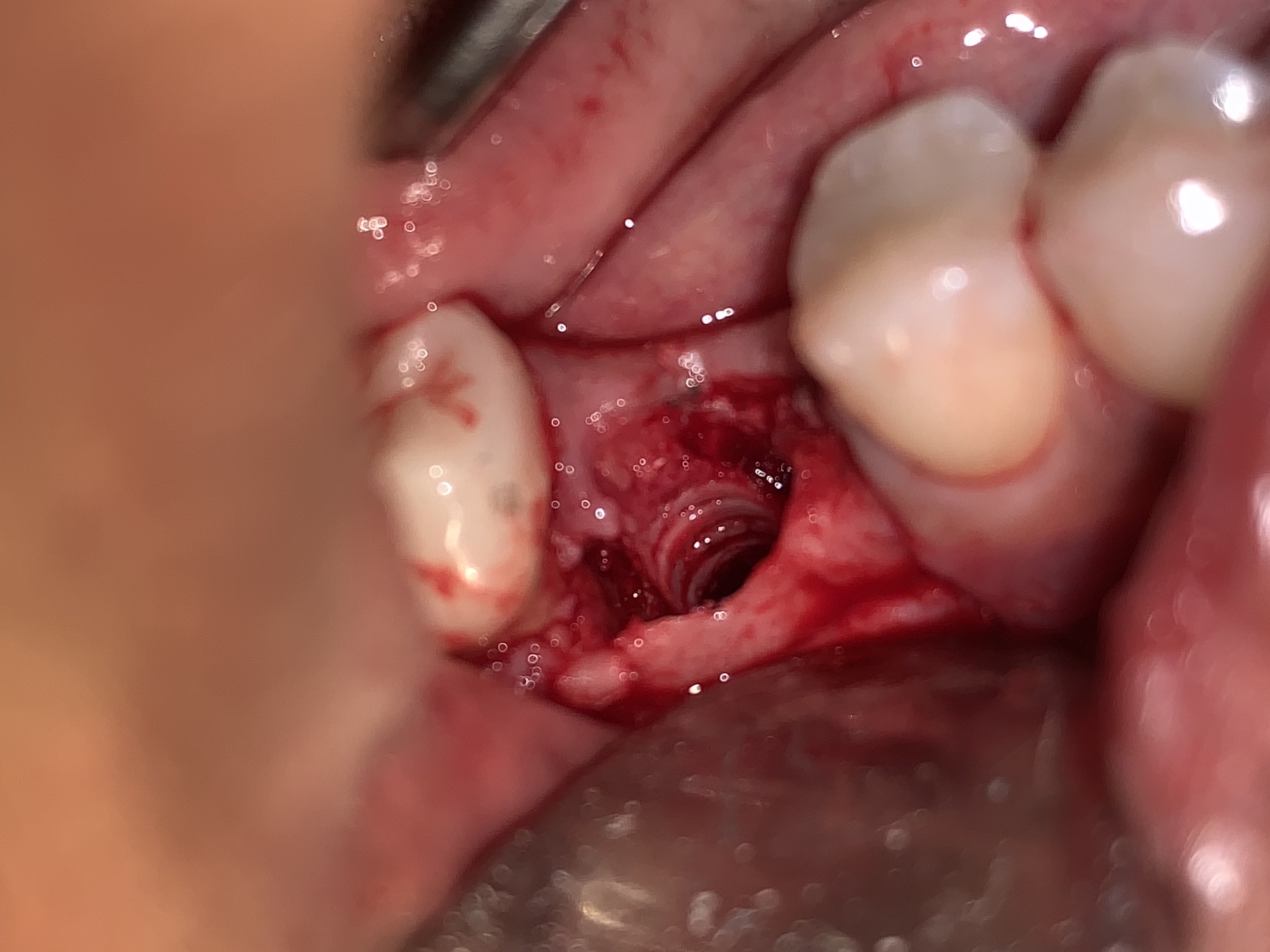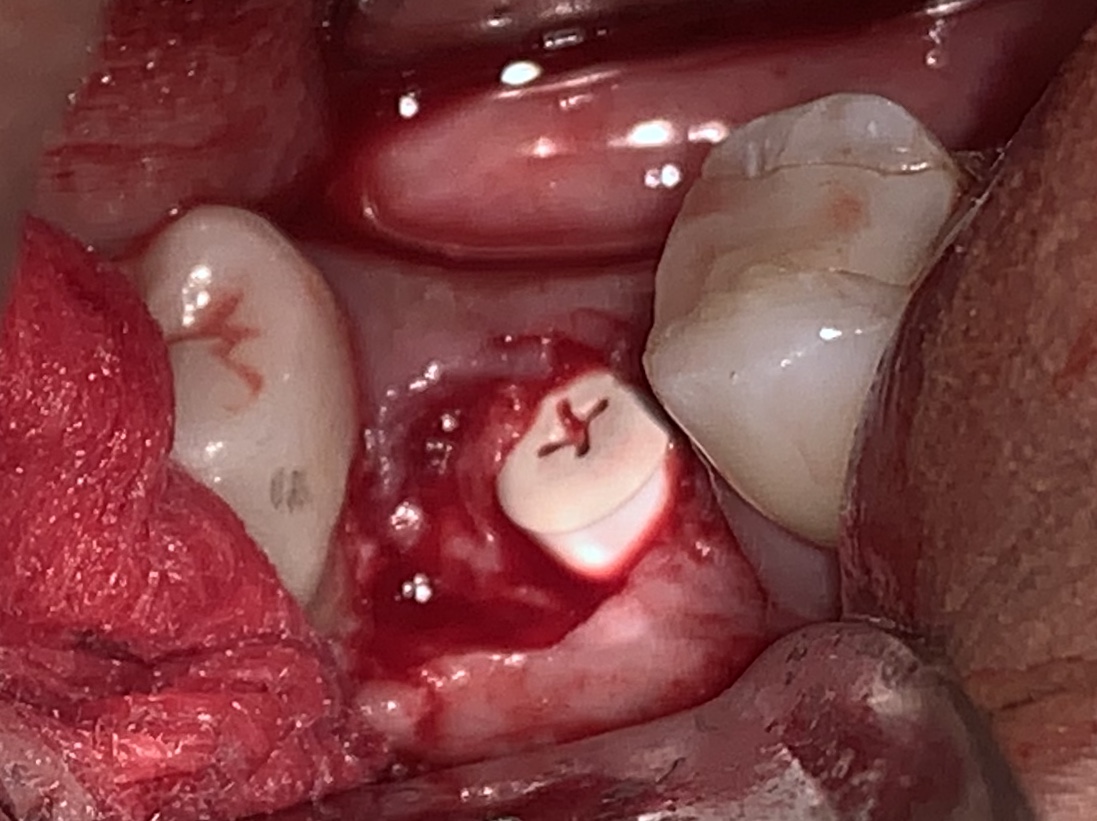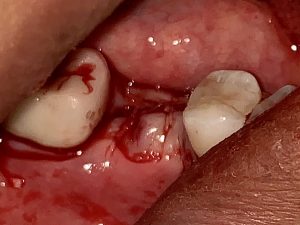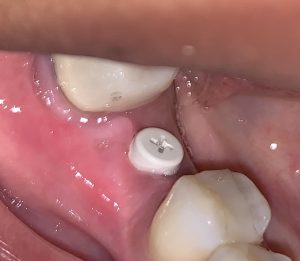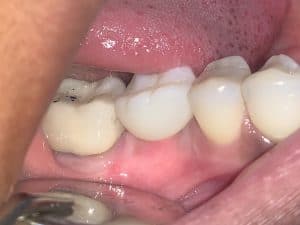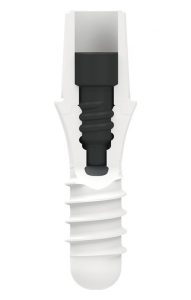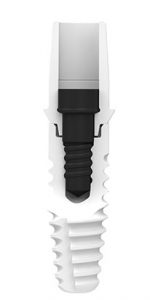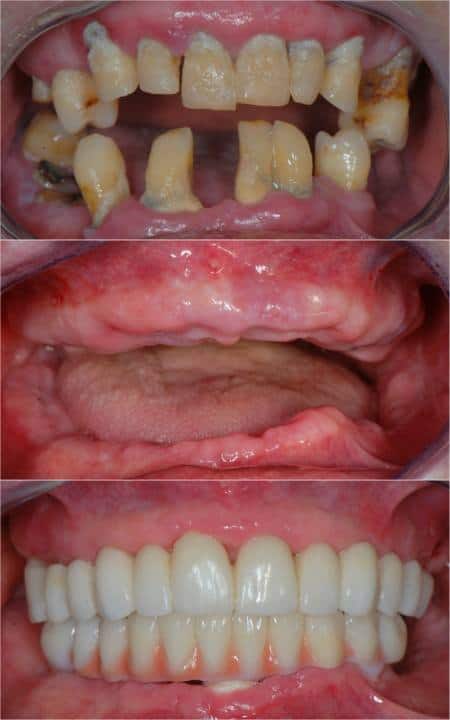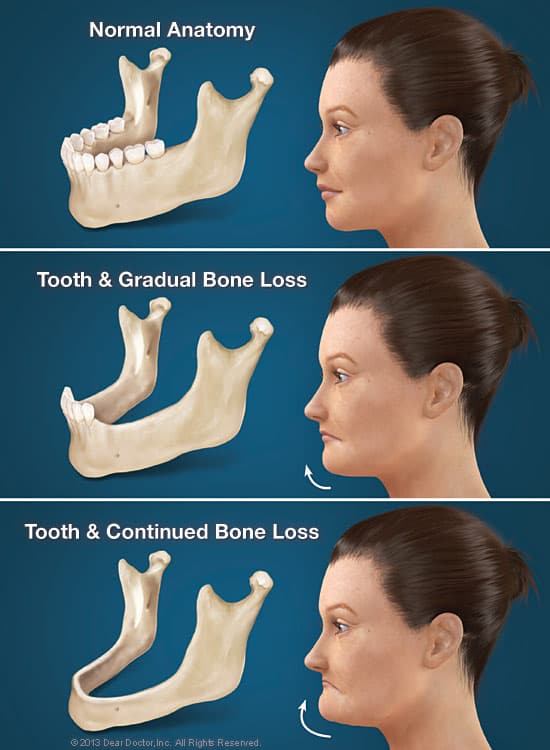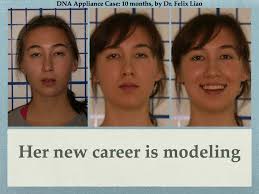People breathe through their mouth out of necessity and literally because they cannot get enough oxygen through their nose. This can be due to poor tongue posture or a nasal obstruction. The mouth is a bigger hole and more oxygen can fit through a bigger space. People open there mouth because they need to. It is that simple. What is the best way to fix mouth breathing permanently?
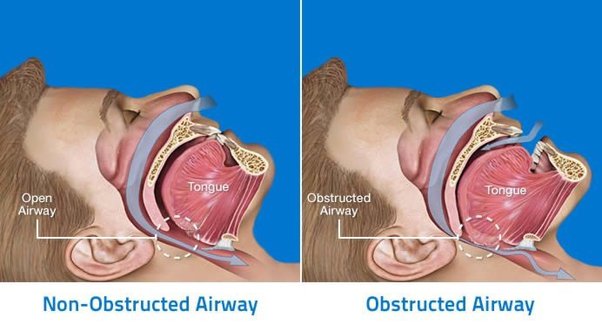
Is there a cure for Mouth Breathing?
How can we stop mouth breathing? Improving and increasing airflow through the nose is pivotal in fixing mouth breathing. And decreasing airway resistance is the other more complicated thing that needs to happen. The tongue causes 90% of airway resistance problems during sleep. The muscles in the tongue relax in deep sleep and the tongue can fall back into the throat and block the airway. When the tongue blocks the airway, it makes it more difficult to pass air to the lungs. Hence the concern of the tongue causing airway resistance, breathing problems and ultimately, mouth breathing.
So what specifically can be done to fix mouth breathing? This article will go over very specific things that can be done to stop mouth breathing once and for all.
The specific things that can be done to stop mouth breathing:
- Increase airflow through the nose with orthodontic palatal expanders. The palate bone is the bone that forms the internal base of the nose. Dental expanders will increase the size of the nasal passageways and improve airflow through the nose. It is amazing how little this solution is discussed. Palatal expansion permanently increases nasal airflow.
- Myofunctional therapy is like physical therapy for tongues. The goal is to train the tongue to stay in the mouth during sleep. If the tongue is not falling into the throat, blocking the airway, it will be much easier meet oxygen demands via nose breathing.
- Breathing exercises and mouth taping. Sometimes people breathe through the mouth out of habit. Very rarely is mouth breathing only a habit. Habitual mouth breathing can be cured with breathing exercises and mouth taping strategies.
Correct Mouth Breathing with Palate Expanders
We have a solution. Increase the size of the nasal airway. The size of the nose bone can be increased with an orthodontic appliance called a palatal expander. Palatal expanders stimulate the roof of the mouth to grow wider. The roof of the mouth, aka the palate, is same bone as the nose. But be careful, because not all expanders will solve nasal resistance and airway problems.
Contact Dr. Adams for an appliance consultation to stop mouth breathing.
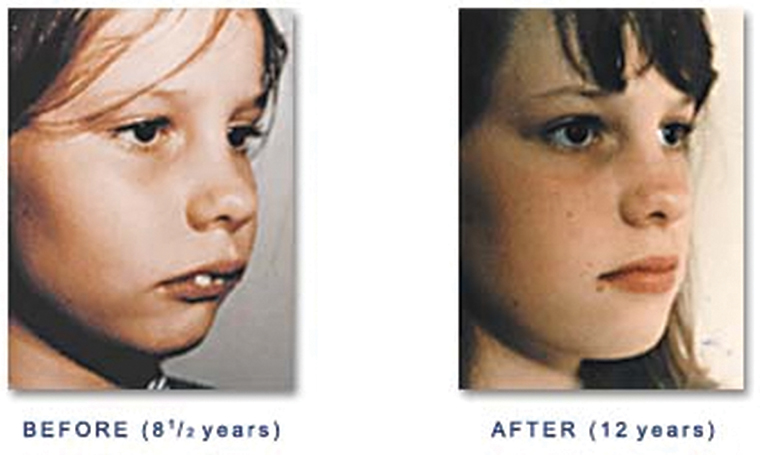
How to Stop Mouth Breathing Video
Schwarz expander is a good choice
The Schwarz appliance invented by Dr. Schwarz in 1956. The appliance increases the entire width of the palate. Note how the appliance is shaped like the mouth and tongue so it will grow the palate to a larger natural shape. Many expanders only grow the back part of the palate which will not improve nasal breathing since the nose is above the front part of the palate.
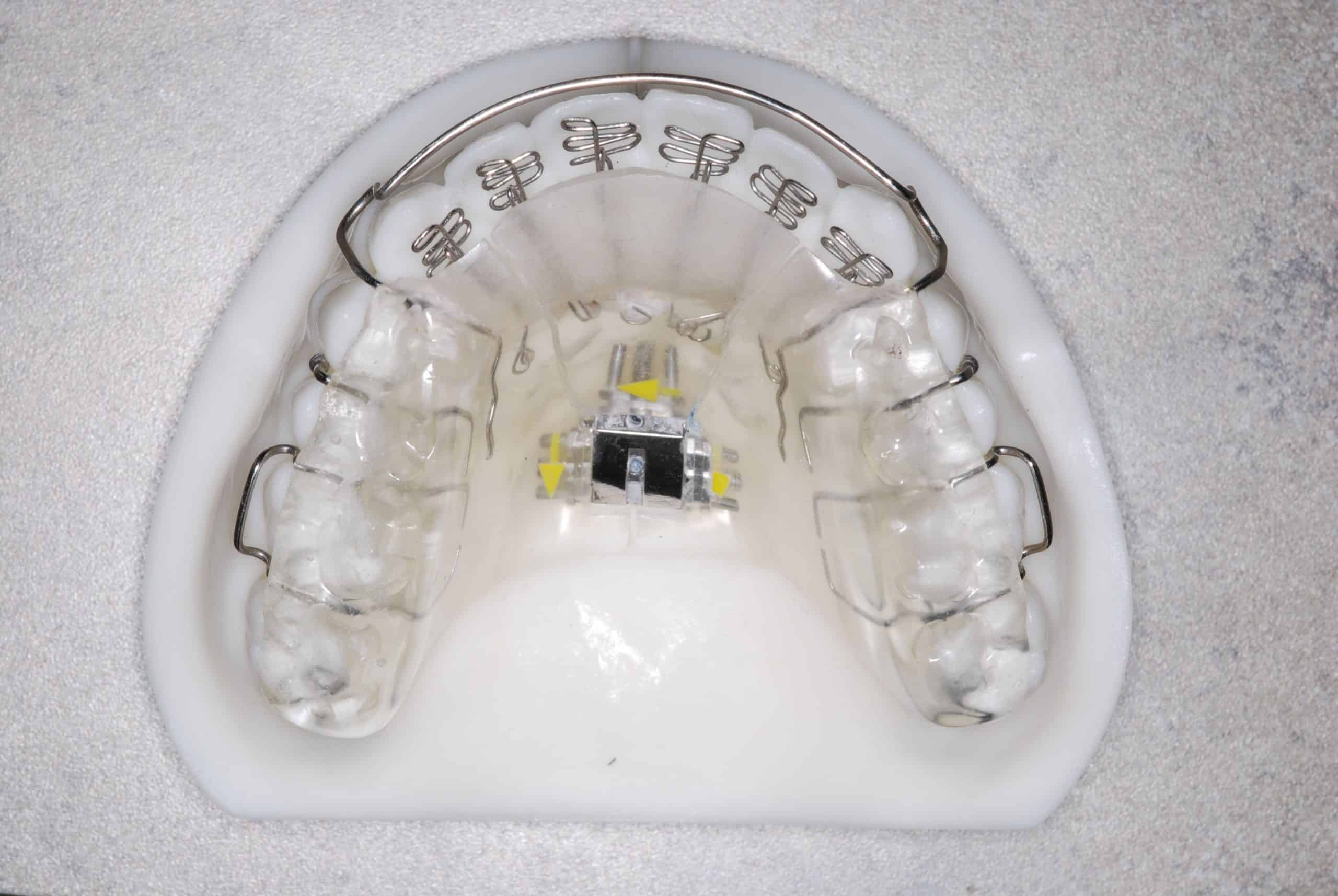
Vivos DNA Device
Adult Orthodontic Expander Appliances
Newer non-surgical treatments such as DNA appliance therapy the AGGA, and the Homeoblock appliance can work for adults. Adult treatment like the AGGA takes longer and are more complicated. The ALF appliance can also be used for adults, but the above appliances grow more bone volume and are better tolerated by adults. 80% of adults with sleep apnea have tmj symptoms. The most common complaint in adults with sleep problems is TMJ and clenching pain/symptoms.
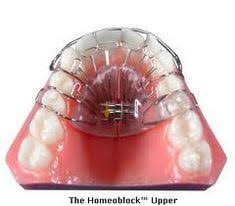
Hyrax Rapid Palatal Expander
The Hyrax expander will not improve nasal breathing since it only expands the back part of the palate. We generally do not recommend this appliance.
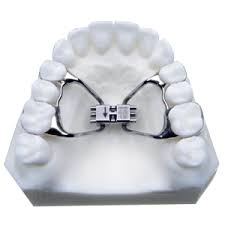
James Nestor recommends Homeoblock Expander
Invisalign can treat Mouth Breathing
Invisalign is a great dental expander and it can greatly improve mouth breathing. Invisalign expansion works by using a series of clear, removable aligners that are designed to apply gentle and controlled pressure to the teeth, gradually expanding the width of the upper or lower dental arch.
Palatal expansion with Invisalign creates more space for the tongue to fit in the palate. During deep sleep the tongue muscle relaxes and the tongue can fall back into the throat and obstruct the airway. When the tongue obstructs the airway the patient will need to mouth breathe. The tongue is supposed to suction up onto the palate during rest. Keeping the tongue suctioned onto the palate prevents it from falling into the throat and blocking the airway. Creating more tongue space is one of the main goals of palatal expansion.
Invisalign MA can be used to correct reverse jaw position. Dentists who understand the importance of airway can take advantage of the Invisalign programs for expansion and mandibular repositioning. Invisalign can do a lot more than straighten the teeth but understanding airway is important or the usefulness of these modalities does not occur to the practitioner.
Advantages of Nose Breathing
Breathing is such a natural part of life, you don’t even think about it. People cannot live longer than 4 minutes without breathing oxygen. Many people are unaware that they have perpetual unhealthy breathing patterns. For example, people who preferentially breath through their mouth are exposed to serious health conditions compared to people who use nasal breathing. Do you know whether you breathe through your nose or mouth? The negative consequences of mouth breathing are quite shocking to those who are not aware? The nose filters out bacteria, viruses and foreign particles. It also warms and humidifies the air. People who nasal breath get sick far less often, have better sleep, posture and smiles.
Top 10 Problems Caused by Mouth Breathing
- Sleep Problems
- Unattractive Facial Profile and Balance
- Bad Posture
- Thyroid Problems
- Crooked Teeth
- Teeth Clenching
- Neck and Back Pain
- Speech Problems
- Slow Metabolism
- ADHD symptoms in kids
How can you Stop Mouth Breathing?
Long story-short, we correct tongue function and improve the size and shape of the mouth and jaws for better airflow through the nose. Dr. Adams releases tongue ties and provides myofunctional therapy to improve tongue function. We have different kinds of growth appliances for kids and adults to help optimize the space in the mouth and nasal spaces.
Mouth Tapping to train for nose breathing
And finally, it may be necessary to break the mouth breathing habit. Sometimes improving nasal airway and tongue function is not enough. Mouth breathing can be a hard habit to break. Mouth tapping is a useful tool. Start tapping your mouth for periods of time during the day. 10 minutes, 30, and finally 1-2 hours while reading or working. Then try light activity to see if it is doable. Then you can try tapping a night.
Correct Mouth Breathing with Mouth Tapping Video
Mouth Breathing Causes Facial Under Development
And, yes, mouth breathing can also adversely affect how your face and jaw structure grow. Mouth breathing can change how your entire body develops, and impact your overall health for the rest of your life. And eventually lead to sleep apnea, bruxism and tmj problems to name just a few. But what causes breathing through the mouth instead of the nose? How can we stop mouth breathing and train ourselves to breath through our noses, as we should? Is there a link between TMJ sleep apnea and tongue ties?
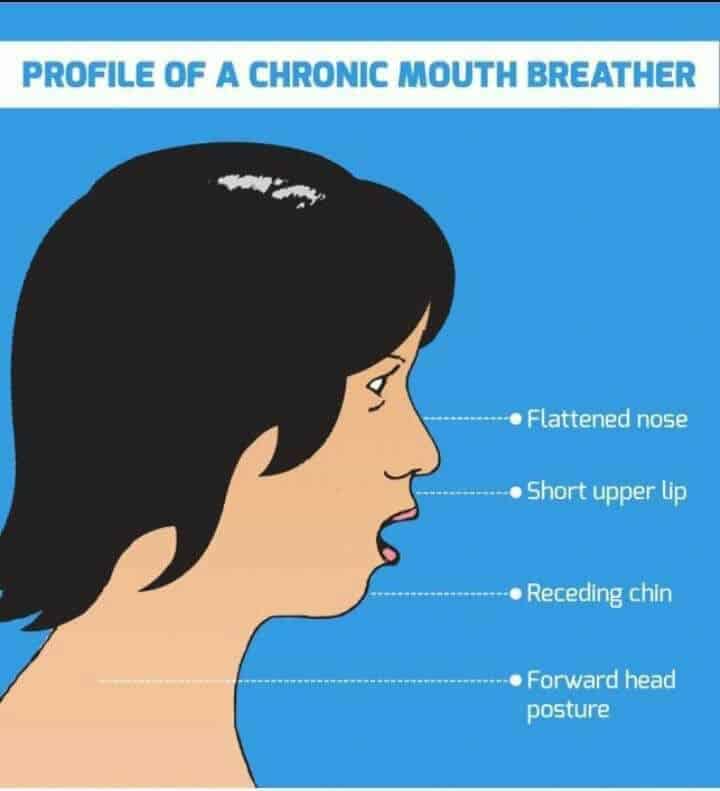
Mouth Breather Face
Palatal Expansion Improves Nasal Breathing
Dr. Adams treats his patients with a variety of different palatal expanders and growth appliances. Lip and tongue ties need to be released as apart of therapy. Releasing the tongue enables it to help grow the palate and easily rest in the palate where it belongs. When the tongue is tied to the floor of the mouth, it falls back into the throat and blocks breathing during sleep.

Myofucntional Therapy and Improving Tongue Posture
If the tongue rests flush in the palate it is impossible to get air through the mouth. If there is an air leak, then your tongue is not flush on the palate with a proper seal. Tongue posture in the palate creates a nose breather literally by disallowing mouth breathing.
With palatal posture of the tongue, breathing through the nose will persist provided there is enough space in the nasal passageways for adequate airflow. This is where palate expansion is important to grow the base of the nose wider. The palate or roof of the mouth is the base of the nose.
Our favorite palate expander for kids is the Schwarz Appliance. Dr. Adams also loves the ALF appliance when there is a lot of teeth crowding.
The combination of expansion therapy and tongue exercises promotes more forward, lateral and vertical growth in the mouth. The bigger space allows the tongue to maintain palatal posture. And creates the conditions where breathing is nasal rather than though the mouth. In advanced cases of mouth breathing, the assistance of a myofunctional therapist and and ENT may be necessary.
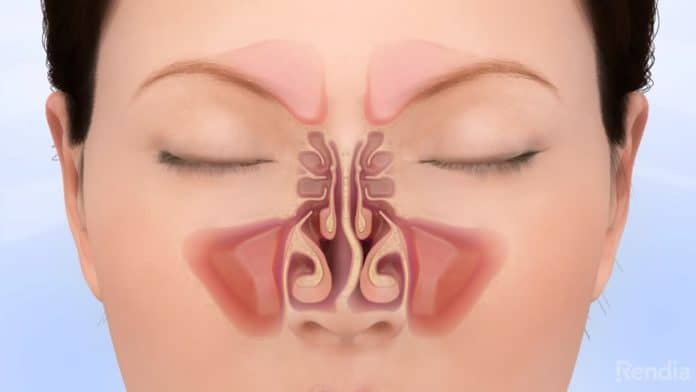
How Dental Appliances Promote Anterior Growth Video
Mouth Breathing Decreases Forward Facial Growth
When the mouth is left open to breathe, the muscles in the cheeks become tight and apply a backwards force on teeth and bone structure. The cheek muscles puts an external force on the upper and lower jaws, which creates a narrowing effect on the upper and lower jaws and the face. The lip muscles also exert a reverse pressure and pulls the jaws back. These forces resist outward growth of the face.

Tongue Ties Decrease Anterior Growth of Jaw Structures
Mouth breathers keep their tongues on the floor of the mouth and have tongue ties that reduce the tongues range of motion. The tongue is the strongest muscle in the body for its size and is meant to naturally rest at the roof of the mouth and in the palate. The tongue is considered the “natural expander”. When the tongue is in the proper palatal position, it puts pressure on the upper jaw bone and stimulates enough forward bone growth for all the teeth to fit.
The Tongue Naturally Expands the Jaws
The growth is achieved when tongue pressure on the maxilla stimulates bone growth. The jaw grows wider and more forward in response to tongue function. When one breathes through their mouth, the tongue stays in the floor of the mouth and the result is narrow and a high-vaulted palate. But why? Is it staying out of the way of passing air? is it just tied down? Perhaps the palate and upper jaw space are too small for the tongue to fit?
Tongue Tie is linked to Mouth Breathing
When the tongue is tied too tightly to the lower jaw, it’s movement and range of motion is limited and its shape is deformed. A tied tongue can sometimes not even reach the palate. And if it does reach the palate, the pressure on the palate is very minimal and insufficient to stimulate much of any anterior jaw and facial bone growth.
Tongue shape will also be deformed by a tie. As the tongue moves, the tie can draw the edges of the tongue inward and decrease the extension outward and upward. When the tongue is not able to move properly and put pressure on growing bone, development of the jaws and nasal passageways does not happen. When nasal passageways are not large enough to breathe through, people will resort to breathing through their mouths.
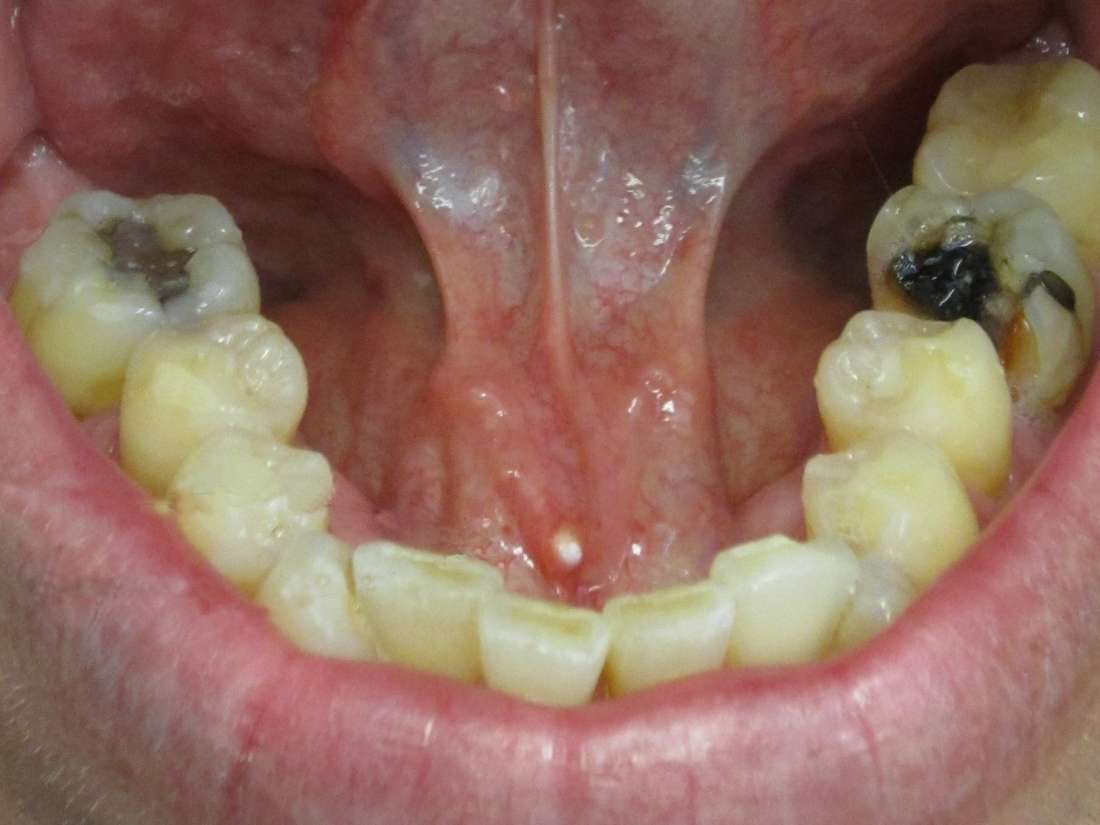
Tongue Tie & Small Mouth & Crowding
Tongue Tie Release can Stimulate Anterior Growth
Diagnosis and treatment of tongue tie at a young age is critical to airway development, healthy breathing function and overall health. Once the tongue is “untied” it can be trained to reach the palate and move more forward to properly stimulate forward jaw bone growth. We call tongue training, “tongue therapy.” So what causes small mouths, small nasal passageways and airway obstructions in adults? Is it tongue dysfunction caused by tied tongue? Mouth breathing? What came first, the chicken or the egg? What happens is this:
- Tongue tie leads to impaired tongue movement and function
- The mouth and nasal passageways do not grow because the tongue is not providing growth stimulus
- nasal passageways are too small for adequate breathing
- mouth breathing occurs instead of nasal breathing
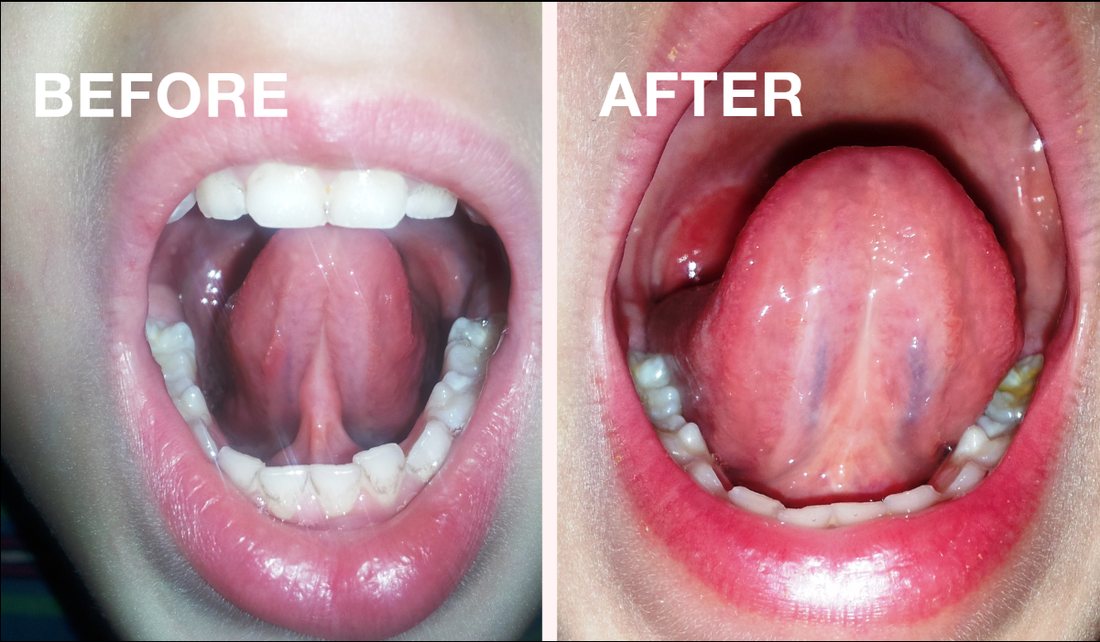
Nasal Breathing and Tongue Function
It is important to know that the bone on the roof of the mouth is the same bone as the floor of the nose; therefore, if tongue function does not stimulate the proper growth, nasal breathing will suffer. When the tongue is in the proper position, it applies outward pressures that helps the midface grow properly and in a forward direction. Low tongue and mouth -breathing contribute to the development of a mid-face deficiency because the tongue is not pushing on the facial bones. As a result, facial growth gets off track and turns into a downward and backward growth pattern. This negative growth pattern is a known risk factor for obstructive sleep apnea, TMJ problems and a bad bite. The vicious poor health and growth cycle just feeds on itself unless intervention occurs while there is still child growth.
Kids with pediatric sleep disordered breathing will often clench and grind their teeth. It is not normal for kids to clench teeth during sleep. It is a sign of airway problems and possible sleep apnea.
Why Breathing Through the Mouth is a Problem
- Mouth breathing patterns are more shallow and there is a tendency towards hyperventilation. Leads to less oxygenation of the lungs and other tissues and less than optimal bodily functions.
- Dry mouth and a decrease in pH in the mouth. The pH shift leads to more tooth decay and cavities.
- Nasal breathing stimulates nitric oxide production whereas mouth breathing does not. Nitric oxide increases blood flood for better oxygenation. Nitric oxide also kills bacteria and viruses before they enter the lungs. Finally Nitric oxide also acts as a decongestant to increase air flow through nasal passageways.
- Air entering the lungs via the mouth is unfiltered, drier and colder. This level or air quality causes inflammation in the tissues of the upper airway. The nasal passageways filters and warms air entering the lungs.
- causes inflammation in tonsils and adenoids
- Increases risk of respiratory infections, sinusitis, and ear infections
- Poor levels of carbon dioxide which causes smooth muscle spasms. Smooth muscle spasms are implicated in gastro intestinal reflux disease, bed wetting in children and asthma.
- Risk of sleep disordered breathing and poor sleep. This can be anything from UARS to full blown sleep apnea.
Mouth Breathing is linked to Sleep Apnea
“Sleep Disordered Breathing” can be better described as “breathing patterns that cause sleep problems”. As one struggles to get enough oxygen into their body while asleep, often the brain causes the body to wake-up somewhat into a lighter sleep. That is, wake up enough to change position, open the airway or to gasp and take a forced breath. Decreased blood oxygen levels also stimulates teeth clenching. Teeth clenching is a reflex to help bring someone up into a lighter sleep. Usually the first thing that happens in lighter sleep, is the tongue will contract and move out of the airway. People with sleep disordered breathing (SDB), have small mouths and airway spaces. In deep sleep the tongue muscle relaxes and the tongue goes where it finds space and gravity pulls it-that is back into the oropharyngeal space and on top of the airway. Activation of the clench reflex, draws one out of deep sleep and clears the airway of the tongue. Usually the vellum of the tongue occludes the upper part of the airway when it relaxes and is no stimulated.
Video of an Airway Collapsing During Sleep Apnea
Fight or Flight response while Sleeping?
For sleep disordered people, the body is in a state of high alert and fight or flight all night long to make sure breathing does not stop. Breathing is a major effort as the airway collapses or becomes obstructed. Sleep is supposed to be a time of rest, recovery and recharge for all the body’s systems. Instead of having a restful night’s sleep, your body’s heart rate and pressure increases as oxygenation decreases. You toss and turn, clench your teeth, change body and head positions to open and clear your airway. You gasp, cough and maybe choke. Night time high blood pressure can cause your body to dump fluid volume and there can be a need to get up and urinate during the night.
Deep Sleep is linked to Long-Term Health
People with SDB do not get enough stage 3 deep sleep because they cannot get enough oxygen as their airway collapses. Only when you get enough deep sleep, do you release important growth and reparative hormones that allow your body to sustain bodily processes day after day and year after year. Poor sleep patterns eventually lead to the most threatening health problems: high blood pressure, stroke, heart disease, Alzheimer’s, diabetes and depression. When breathing and sleep is disturbed, so is the essential repair work our bodies do each night to keep us happy, sharp and healthy. The fastest way to prematurely age and die young is to not get enough stage 3 deep sleep.

 (301) 421 1996
(301) 421 1996 burtonsvillesmiles@gmail.com
burtonsvillesmiles@gmail.com